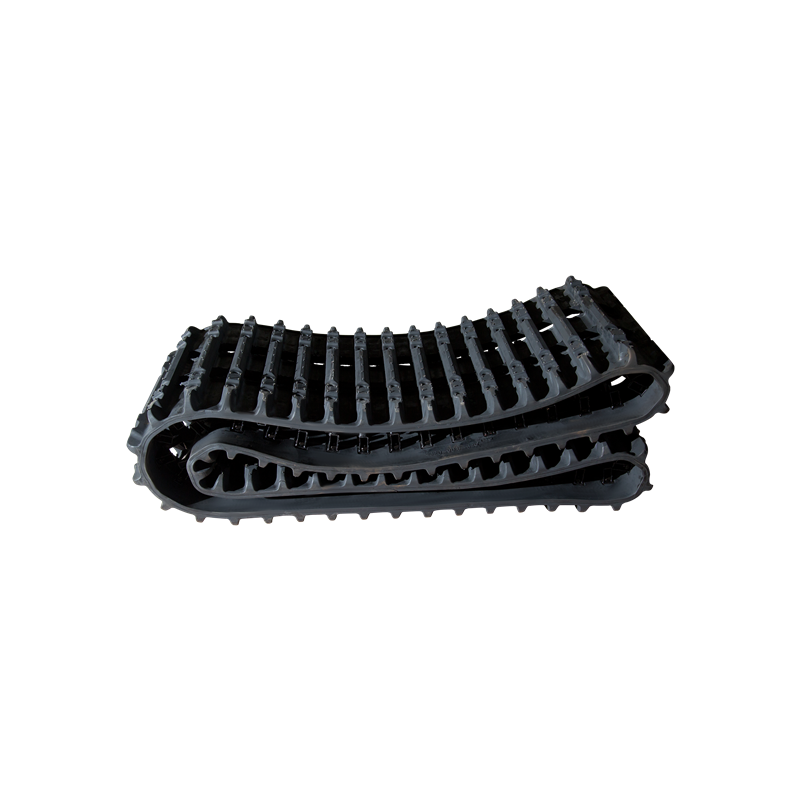
How are rubber tracks made
The design and manufacture of high-grade robot tracks have a high level of precision and engineering technology. Rubber tracks are made of many components, including:
Rubber carcass and tread rubber
High-end rubber tracks, such as those provided by Monsters Tires, are made of a mixture of natural and synthetic rubber compounds. These compounds help make the rubber carcass extremely durable and resistant to cuts and damage. They give rubber anti-blocking ability and elasticity. This tough rubber can travel in harsh earthwork and construction applications without being easily damaged or worn.

Kubota, John Deere, Bobcat, CASE and Caterpillar and other big brand OEMs (Original Equipment Manufacturers) provide a variety of innovative track tread patterns. Each track mode is specially designed to adapt to certain applications. Some have deep lugs (for maximum traction), while others have a wider width and no lug design (to protect fragile surface applications such as turf). Some track modes are universal, allowing the track to provide superior performance in more than one type of terrain.
Continuous steel cord technology
The rubber track uses continuous steel belts, made of high-strength steel, with excellent strength, and can strengthen the track so that it can provide high performance on various terrains. Using continuous steel belts-unlike overlapping steel belts-you can rest assured that there are no weak points on the steel belt that could cause the rope to break prematurely. This means that the rubber track has a longer service life. Compared with overlapping steel belts, continuous steel cords can also minimize noise and vibration.
Steel insert
Steel inserts (chain links) in high-quality rubber tracks are usually heat-treated and carbon forged. The elastic high-strength steel embedded in the high-quality rubber track allows the drive sprocket to properly engage the track system. They also enhance track strength and stability. Wheel guide protrusions prevent the track from slipping off, especially on steep slopes or unavoidable sharp turns. A special rubber adhesive treatment is used to firmly bond the rubber to the steel.












 浙ICP备2022029871号
浙ICP备2022029871号